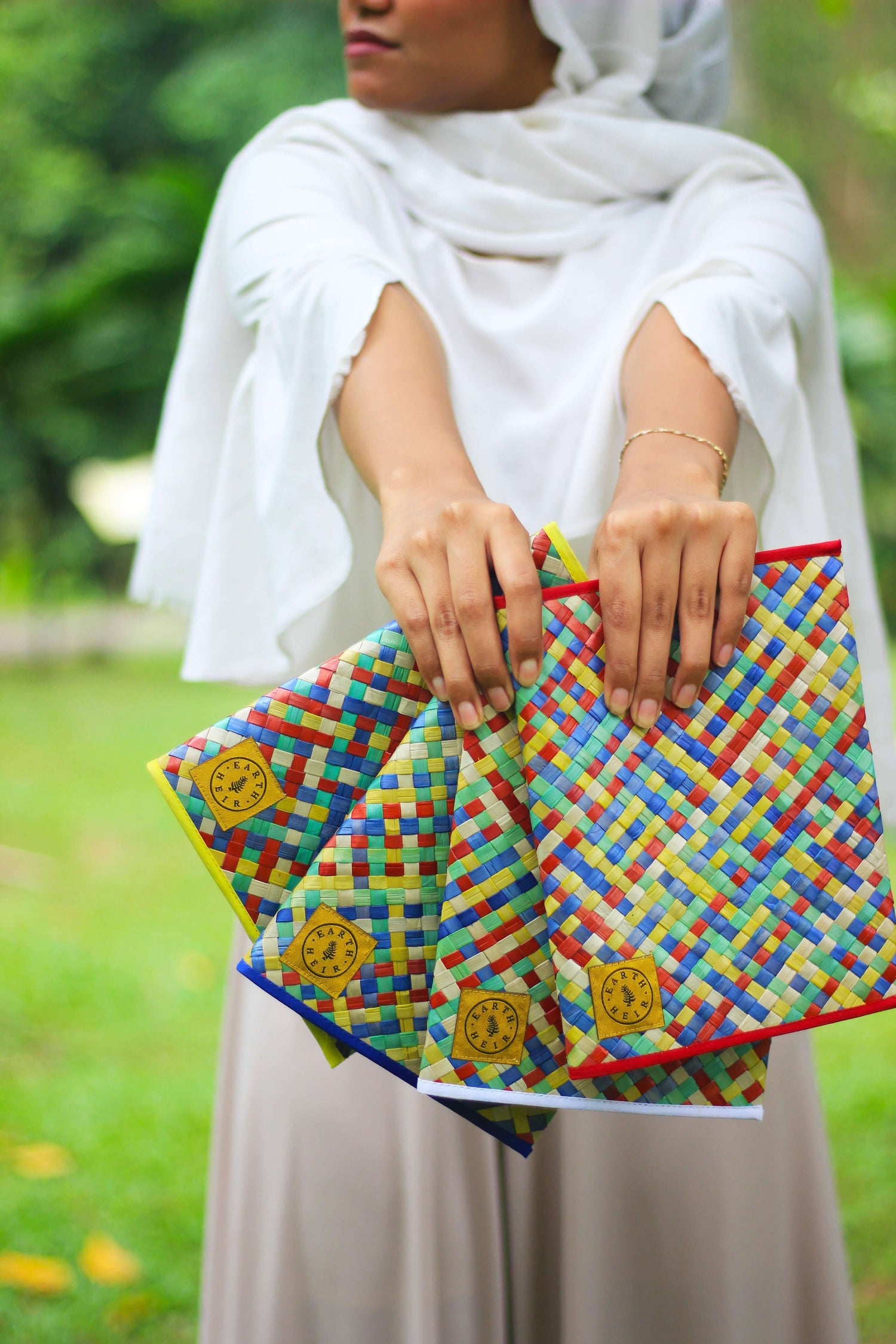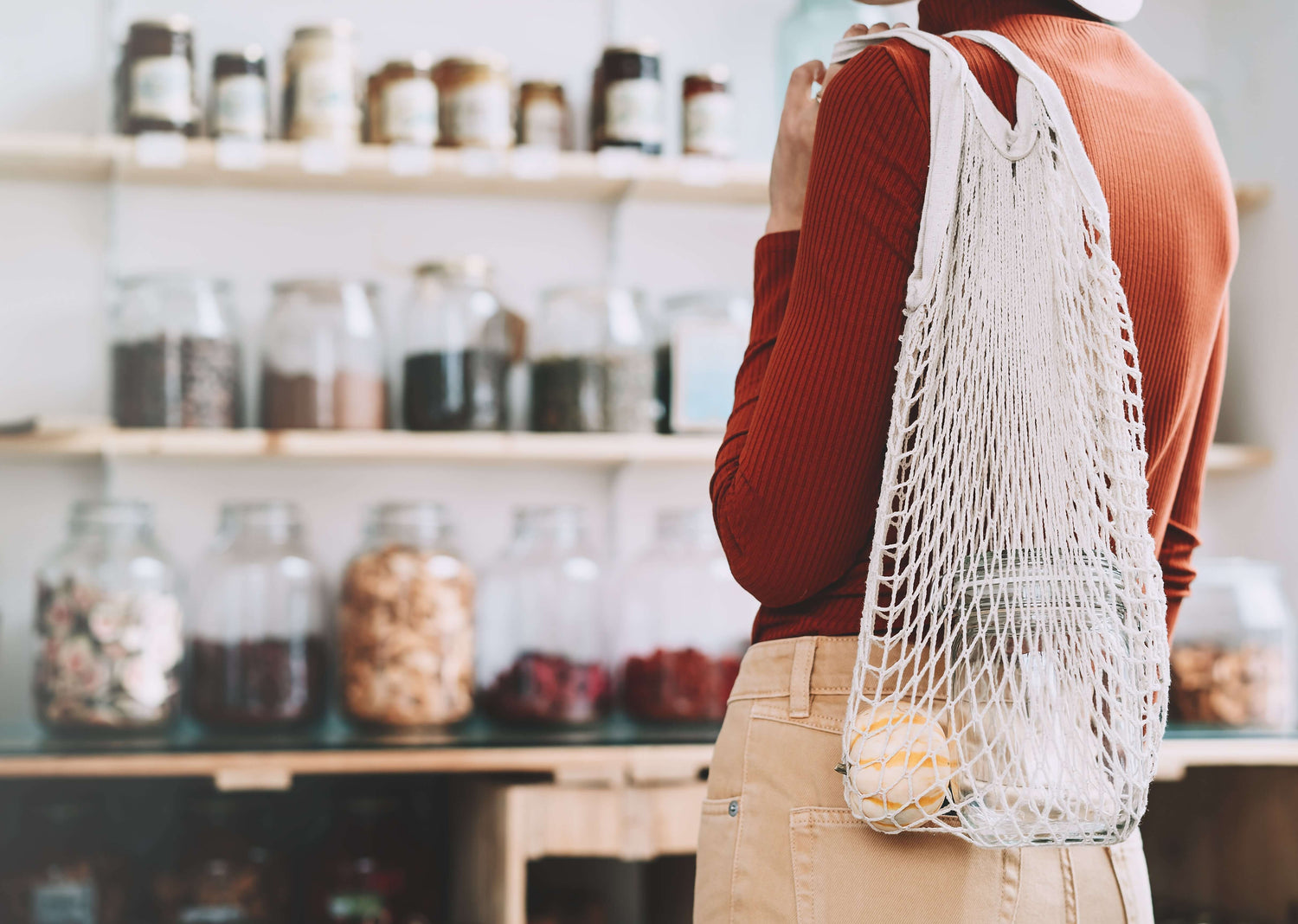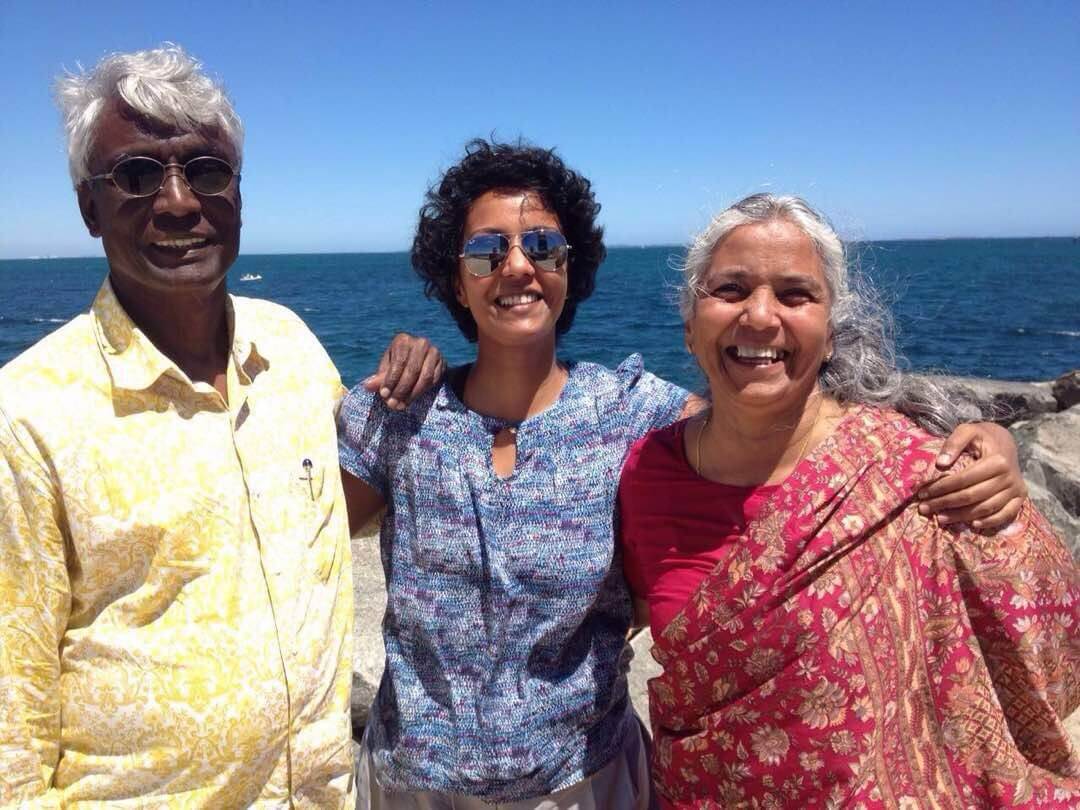Written by guest contributor, Harleen Kaur
At my parents’ home in suburban Michigan, the central area is a large, open “family room.” It has a large couch, a TV, and more than several family photos. There are floor to ceiling windows that look into our backyard and a fireplace to keep warm during the frigid Midwestern winters. The ceiling is tall; the second floor opens up above the family room, leaving space for acoustics that can be both wonderful and annoying, depending on the circumstance.
A majority of the space is taken up by a large, L-shaped, leather couch, which faces a coffee table and behind that, against the opposite wall, a large TV standing on a dark, wood cabinet. On the tall wall that reaches from the wood floor to the white ceiling, there is a burst of color outside of the neutral whites, beiges, and browns. It has pinks and oranges and lots of hues in between, sewn and stitched together by hand in an intricate pattern. This piece of art, and culture, is a traditional Punjabi phulkaari, made by my maternal grandmother.
 Traditional Punjabi phulkari, sewn by my maternal grandmother.
Traditional Punjabi phulkari, sewn by my maternal grandmother.
I remember, in our house in Wisconsin, the phulkaari was hung above my parents’ bed. I would often run into the room to jump on the huge bed, sometimes pausing to look up at the colorful cloth against the white wall. Perhaps because my favorite color has never been pink, or I just didn’t know entirely what it was, I never realized what a unique piece of art we had in our possession.
As I grew up, I began to hear about the fascination with the phulkaari, and how unique it was. The word literally means “flower work,” and this is embodied through its incredibly colorful design and incredibly detailed stitching. The patterns are stitched with silk, usually onto a stiffer cotton-based fabric. They are made up of geometrical designs or patterns, often completely covering the fabric. This is a tradition that was primarily based in the villages of Punjab, allowing women to creatively express their emotions through art and color. However, phulkaaris were mainly made by women for their own use or by other women in their family. So, although it was a cultural art work, it was also familial and community-based.
Not only is the phulkaari a priceless Punjabi cultural relic, it is a piece of my cultural history that ties me to my grandmother. A woman I never had the privilege to meet, as she passed away just a few months before I was born, but a woman with whom—I’m often told—I have many similarities, physical and personality-wise. Each time I trace the neat, clean stitches of the phulkaari, I remember that my grandmother’s hand pieced it together, channeling her own tale into it. A mother of seven, she raised my own mom and my six aunts and uncles, not knowing that almost all of them would leave their small town for the city, and eventually North America. And, with the youngest, my own mother, would come this colorful fabric.
Despite living in some of the least diverse areas of the United States, we were often the only ones from our community. This handwoven phulkaari hung in our home, reminding me of the faraway places that I am connected and rooted to, through my own mother. Although these roots may have been lifted and put down elsewhere, they still reach deep down through the soil, going across the Earth to Punjab. Each time I look at that burst of color against the white wall, I am reminded of how maintaining my own heritage and culture is a small burst, a small revolution, against the forces that tell me to keep it inside.
Across generations and time, across soil and air, my grandmother’s legacy speaks to me through her phulkaari. I wonder if she knew that, one day, her granddaughter would look at it and think of her, a woman who is only a story to her, yet entirely real all the same.
Whenever I touch the Earth Heir scarves, or trace the rattan in the bags, I feel the pulsing of these narratives. Although they are cultures and stories unfamiliar to me, I know other women and men have weaved their own stories into the fabric, hoping to preserve some of their own culture for generations to come.

Earth Heir hand-embroidered, cashmere scarf. Click the photo for details.
This is the beauty of hand weaving, of our hands touching these raw materials and colors. It carries emotions and stories across time and place. Each handcrafted scarf reminds me of my own heritage, and that our histories and narratives are often knitted closer than we know. Perhaps, many years down the line, these artisans’ own grandchildren will touch the patterns, trying to connect to a nostalgic homeland like I do. Perhaps, as I do, they will hear the stories of other times, sense the smells and sounds of other places, and feel that they have found a little piece of their own legacy.
Here’s to Celebrating Craftsmanship, Heritage and Culture.





